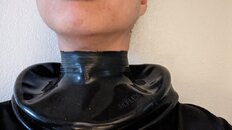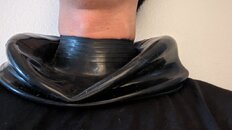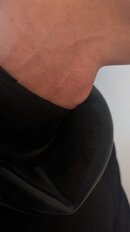Boarderguy
Chief Narctopus Wrangler
Base layers wick moisture away from you. Your insulating undergarments will hold moisture and hopefully stay warm. The suit is going to keep the moisture from migrating further away from you and get trapped there. Lots of dry divers here that don't zip up into last minute and even then they'll go get wet to avoid sweating.Interesting. Would the condensation migrate outward though? If I do sweat, why would my undergarment be wet yet my base layers are relatively dry?






